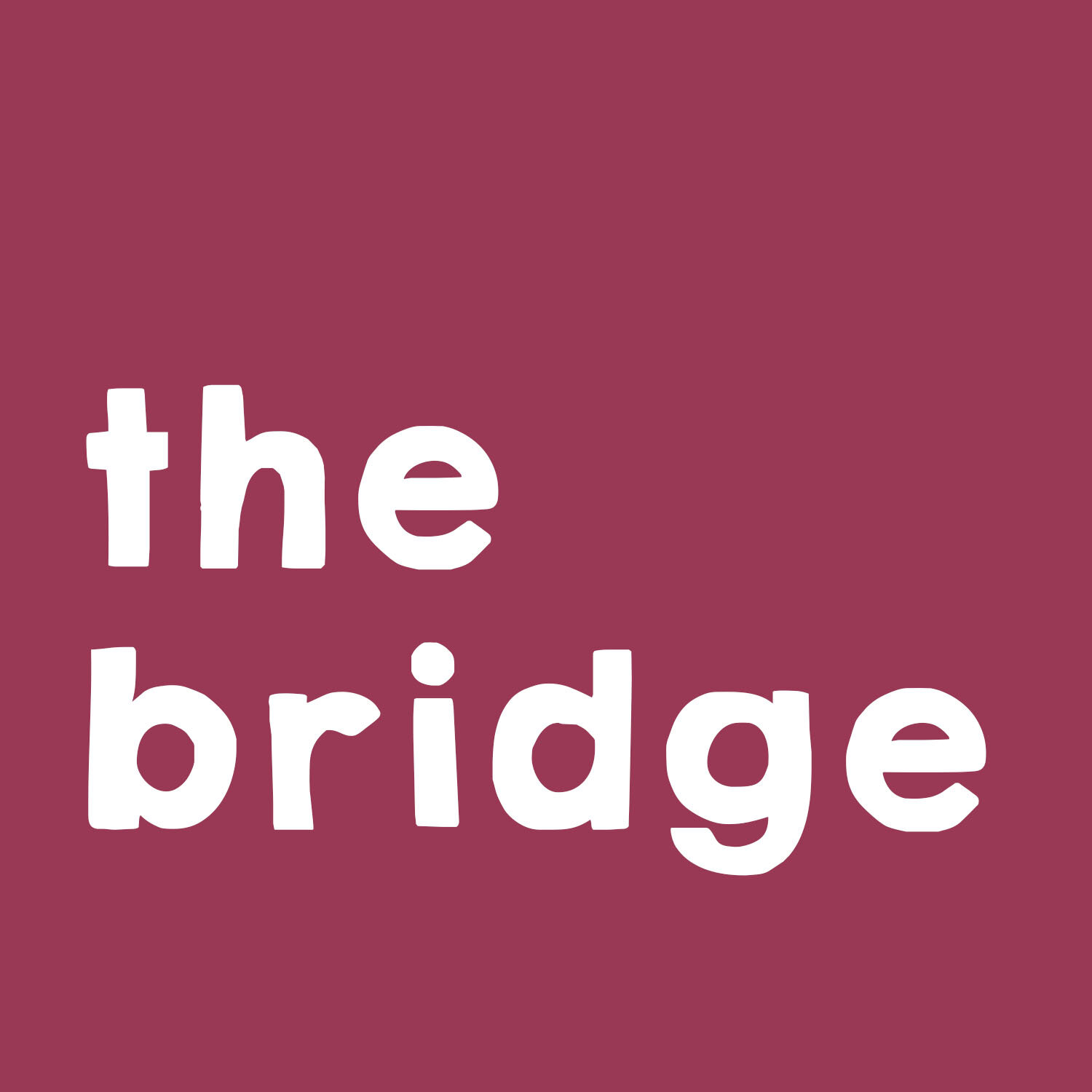Discovering Hidden Figures
For having had a relatively small budget of $25 million, the recent film Hidden Figures has had fantastically unexpected success, shooting past $100 million in sales so far. It has been praised as “the best word-of-mouth title (judged by audience retention) at the multiplex.”
The film is hilarious, frustrating, refreshing, infuriating and heartwarming all at the same time. It’s always hard to sit through a film that so perfectly depicts the harsh reality of segregation, as you watch the lovable characters you’re rooting for as they get constantly exploited and abused. But the result is oh so necessary and oh so worth it, as we finally get to pay tribute to these three phenomenal (and phenomenally underappreciated) women.
The incredible character of each woman depicted in Hidden Figures, that of Katherine Johnson, Dorothy Vaughan and Mary Jackson, is a demonstration of how exceptionally gifted and determined black women had to be in order to succeed in an era of such hatred and segregation. The film dares to ask the question, how much has truly changed since then? After all, the history of these women was relatively unknown and untaught before Hidden Figures came out as a novel in 2016; even Taraji Henson, one of three lead actresses in the film, admitted that she’d never heard of Katherine Johnson (the woman she plays) until she read the script, despite her having attended a historically black university and having studied electrical engineering.
Indeed, the film portrays these women as nothing short of witty, intelligent, charismatic, humble and powerfully resilient. Without all of these attributes or without such supportive families and communities that fostered a sentiment of hope and a network of encouragement, one wonders whether such achievements would have been possible. It seems as though these women couldn’t have afforded to let one hair out of place, or else they would have ended up tumbling down in defeat rather than have fantastically succeeded.
But they do keep their hair neatly in place, and the film is a refreshing reminder that human morality generally prevails, and tolerance and respect, though not the timeliest of things, do make their way into the human heart eventually. All it takes is patience, some teamwork, a common goal, and several cups of coffee.
The cool part about the film is how legitimate a lot of the information is. For example, in one scene, astronaut John Glenn, who was the first astronaut to orbit the earth on Friendship 7, asks that Katherine run through the calculations of his landing coordinates before he take off because he trusts her mind more than he trusts the computers’ calculations. This actually happened. Glenn specifically requested that “the girl” check the math before he could feel ready to go.
How did we not know this story? How did so many of us not know this story? Katherine Johnson was awarded the Presidential Medal of Freedom from President Obama. The NASA website itself admits that “those who speak of NASA's pioneers rarely mention the name Dorothy Vaughan, but as the head of the National Advisory Committee for Aeronautics’ (NACA’s) segregated West Area Computing Unit from 1949 until 1958, Vaughan was both a respected mathematician and NASA's first African-American manager.” Mary Jackson may very well have been the “only black female aeronautical engineer in the field.”
We often allow ourselves to make the mistake of thinking that history is a fixed story, with its writing set in stone and its textbooks neatly lined up. In truth, it is nothing but a fabrication by those who have the power to make others listen, read and watch. Hidden Figures director Theofore Melfi as well as the rest of the film’s creators proved with the film that anybody can shape history, whether that means filling in the gaps or allowing silenced voices to be heard.
Whose stories we pay attention to, whose we talk about, may not always be in our hands, but we do have some say in what we allow to be forgotten and what we choose to proudly remember. Let us constantly try to find the hidden figures of our histories, so we are reminded a little better about what love and understanding can do for our future.




